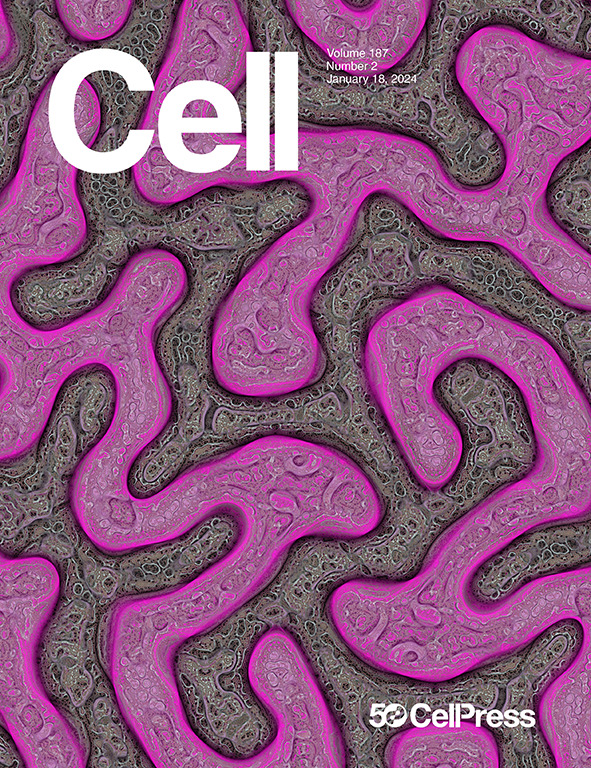Alzheimer’s disease patient-derived high-molecular-weight tau impairs bursting in hippocampal neurons
IF 45.5
1区 生物学
Q1 BIOCHEMISTRY & MOLECULAR BIOLOGY
引用次数: 0
Abstract
Tau accumulation is closely related to cognitive symptoms in Alzheimer’s disease (AD). However, the cellular drivers of tau-dependent decline of memory-based cognition remain elusive. Here, we employed in vivo Neuropixels and patch-clamp recordings in mouse models and demonstrate that tau, independent of β-amyloid, selectively debilitates complex-spike burst firing of CA1 hippocampal neurons, a fundamental cellular mechanism underpinning learning and memory. Impaired bursting was associated with altered hippocampal network activities that are coupled to burst firing patterns (i.e., theta rhythms and high-frequency ripples) and was concurrent with reduced neuronal expression of CaV2.3 calcium channels, which are essential for burst firing in vivo. We subsequently identify soluble high molecular weight (HMW) tau, isolated from human AD brain, as the tau species responsible for suppression of burst firing. These data provide a cellular mechanism for tau-dependent cognitive decline in AD and implicate a rare species of intracellular HMW tau as a therapeutic target.

阿尔茨海默病患者来源的高分子量tau损伤海马神经元破裂
Tau蛋白积累与阿尔茨海默病(AD)的认知症状密切相关。然而,tau依赖性记忆认知衰退的细胞驱动因素仍然难以捉摸。在这里,我们在小鼠模型中使用了体内神经像素和膜片钳记录,并证明tau独立于β-淀粉样蛋白,选择性地削弱CA1海马神经元的复杂spike爆发放电,这是支持学习和记忆的基本细胞机制。破裂受损与海马网络活动的改变有关,海马网络活动与破裂放电模式(即θ节律和高频波纹)相关联,并且与CaV2.3钙通道的神经元表达减少同时发生,而CaV2.3钙通道对于体内的破裂放电至关重要。随后,我们从人类AD大脑中分离出可溶性高分子量(HMW) tau,作为负责抑制突发放电的tau物种。这些数据提供了AD中tau依赖性认知能力下降的细胞机制,并暗示了一种罕见的细胞内HMW tau作为治疗靶点。
本文章由计算机程序翻译,如有差异,请以英文原文为准。
求助全文
约1分钟内获得全文
求助全文
来源期刊

Cell
生物-生化与分子生物学
CiteScore
110.00
自引率
0.80%
发文量
396
审稿时长
2 months
期刊介绍:
Cells is an international, peer-reviewed, open access journal that focuses on cell biology, molecular biology, and biophysics. It is affiliated with several societies, including the Spanish Society for Biochemistry and Molecular Biology (SEBBM), Nordic Autophagy Society (NAS), Spanish Society of Hematology and Hemotherapy (SEHH), and Society for Regenerative Medicine (Russian Federation) (RPO).
The journal publishes research findings of significant importance in various areas of experimental biology, such as cell biology, molecular biology, neuroscience, immunology, virology, microbiology, cancer, human genetics, systems biology, signaling, and disease mechanisms and therapeutics. The primary criterion for considering papers is whether the results contribute to significant conceptual advances or raise thought-provoking questions and hypotheses related to interesting and important biological inquiries.
In addition to primary research articles presented in four formats, Cells also features review and opinion articles in its "leading edge" section, discussing recent research advancements and topics of interest to its wide readership.
 求助内容:
求助内容: 应助结果提醒方式:
应助结果提醒方式:


